<Back to Index>
- Painter and Writer Francis Picabia, 1879
- Writer Carl Wilhelm Richard Hülsenbeck, 1892
PAGE SPONSOR
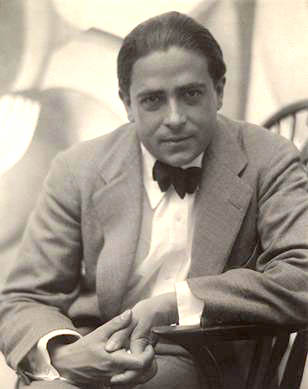
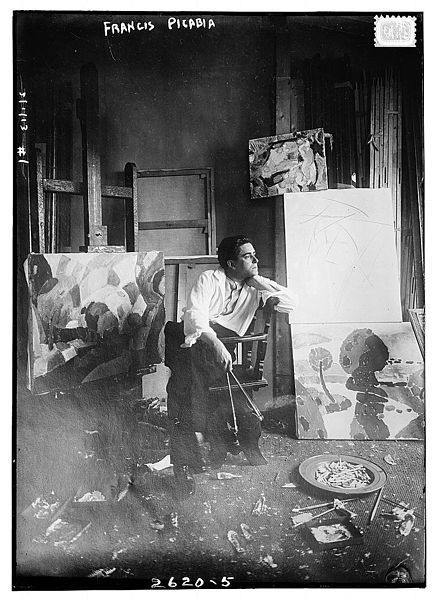
Francis Picabia (born Francis - Marie Martinez de Picabia, 22 January 1879 – 30 November 1953) was a French painter, poet and typographist, associated with Cubism, Abstract art, Dada and Surrealism.
Francis Picabia was born in Paris of a French mother and a Spanish - Cuban father who was an attaché at the Cuban legation in Paris. His mother died of tuberculosis when he was seven. Some sources would have his father as of aristocratic Spanish descent, whereas others consider him of non aristocratic Spanish descent, from the region of Galicia. Financially independent, Picabia studied under Fernand Cormon and others at the École des Arts Decoratifs in the late 1890s.
In 1894, Picabia financed his stamp collection by copying a collection of Spanish paintings that belonged to his father, switching the originals for the copies, without his father's knowledge, and selling the originals. Fernand Cormon took him into his academy at 104 boulevard de Clichy, where Van Gogh and Toulouse - Lautrec had also studied. From the age of 20, he lived by painting; he subsequently inherited money from his mother.
In the beginning of his career, from 1903 to 1908, Picabia was influenced by the Impressionist paintings of Alfred Sisley. Little churches, lanes, roofs of Paris, riverbanks, wash houses, lanes, barges — these were his subject matter. Some however, began to question his sincerity and said he copied Sisley, or that his cathedrals looked like Monet, or that he painted like Signac. From 1909, he came under the influence of the Cubists and the Golden Section (Section d'Or). The same year, he married Gabrielle Buffet.
Around 1911 he joined the Puteaux Group, which met at the studio of Jacques Villon in Puteaux; a commune in the western suburbs of Paris. There he became friends with artist Marcel Duchamp and close friends with Guillaume Apollinaire. Other group members included Albert Gleizes, Roger de La Fresnaye, Fernand Léger and Jean Metzinger.
In 1913 Picabia was the only member of the Cubist group to personally attend the Armory Show, and Alfred Stieglitz gave him a solo exhibition at his gallery 291. From 1913 to 1915 Picabia traveled to New York City several times and took active part in the avant garde movements, introducing Modern art to America. When he landed in New York in the June 1915, though it was ostensibly meant to be a simple port of call en route to Cuba to buy molasses for a friend of his — the director of a sugar refinery — the city snapped him up and the stay became prolonged.
The magazine 291 devoted an entire issue to him, he met Man Ray, Gabrielle joined him, Duchamp joined him, drugs and alcohol became a problem and his health suffered. He suffered from dropsy and tachycardia. New York ate him up. These years can be characterized as Picabia's proto - Dada period, consisting mainly of his portraits mécaniques.
Later, in 1916, while in Barcelona and within a small circle of refugee artists that included Marie Laurencin and Robert and Sonia Delaunay, he started his well known Dada periodical 391, modeled on Stieglitz's own periodical. He continued the periodical with the help of Marcel Duchamp in the United States. In Zurich, seeking treatment for depression and suicidal impulses, he had met Tristan Tzara, whose radical ideas thrilled Picabia. Back in Paris, and now with his mistress Germaine Everling, he was in the city of "les assises dada" where André Breton, Paul Éluard, Philippe Soupault and Louis Aragon met at Certa, a basque bar in the passage de l'Opera. Picabia, the provocateur, was back home.
Picabia continued his involvement in the Dada movement through 1919 in Zürich and Paris, before breaking away from it after developing an interest in Surrealist art. He denounced Dada in 1921, and issued a personal attack against Breton in the final issue of 391, in 1924.
The same year, he put in an appearance in the René Clair surrealist film Entr'acte, firing a cannon from a rooftop. The film served as an intermission piece for Picabia's avant garde ballet, Relâche, premiered at the Théâtre des Champs - Élysées, with music by Erik Satie.
In 1925, he returned to figurative painting, and during the 1930s became a close friend of Gertrude Stein. In the early 1940s he moved to the south of France, where his work took a surprising turn: he produced a series of paintings based on the nude glamour photos in French "girlie" magazines like Paris Sex - Appeal, in a garish style which appears to subvert traditional, academic nude painting. Some of these went to an Algerian merchant who sold them on, and so Picabia came to decorate brothels across North Africa under the Occupation.
Before the end of World War II, he returned to Paris where he resumed abstract painting and writing poetry. A large retrospective of his work was held at the Galerie René Drouin in Paris in the spring of 1949. Francis Picabia died in Paris in 1953 and was interred in the Cimetière de Montmartre.
In 2003 a single Picabia painting once owned by André Breton sold for US $1.6 million.
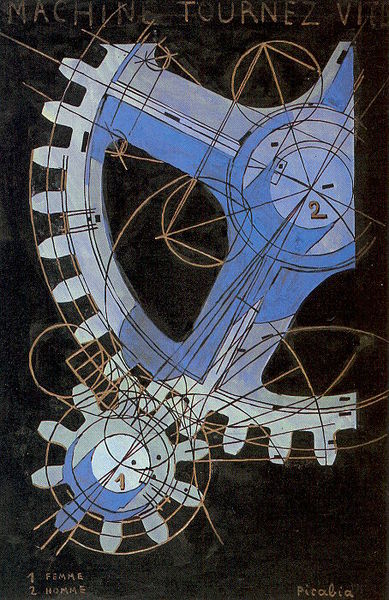
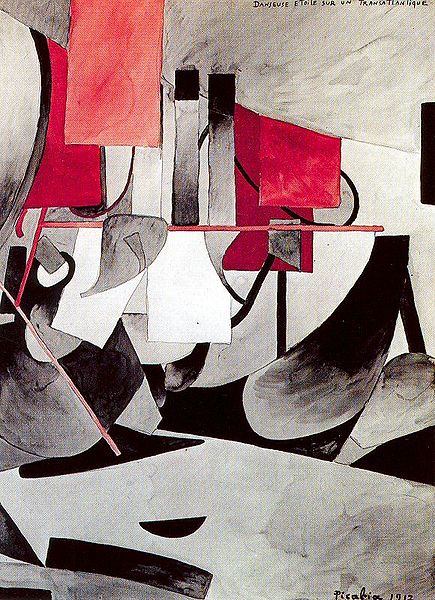
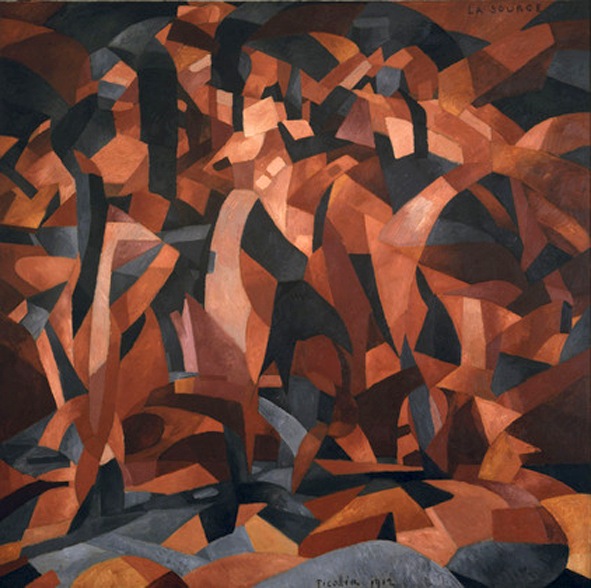
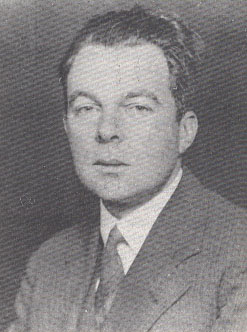
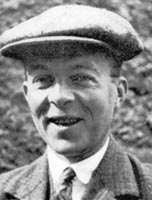
Carl Wilhelm Richard Hülsenbeck (April 23, 1892 – April 20, 1974) was a poet, writer and drummer born in Frankenau, Hessen - Nassau.
Carl Wilhelm Richard Hülsenbeck was a medical student on the eve of World War I. He was invalided out of the army and emigrated to Zürich, Switzerland, in February 1916, where he fell in with the Cabaret Voltaire. In January 1917, he moved to Berlin, taking with him the ideas and techniques which helped him found the Berlin Dada group. 'To make literature with a gun in my hand had for a time been my dream,' he wrote in 1920. His ideas fitted in with left wing politics current at time in Berlin. However idealistic Huelsenbeck and his companions were, their challenge 'Dada is German Bolshevism' had unfortunate repercussions later, when the National Socialists denounced all aspects of modern art as Kunstbolschewismus. Later in life, he moved to New York City, where he practiced Jungian psychoanalysis under the name Charles R. Hulbeck. In 1970 he returned to the Ticino region of Switzerland. He died 1974 in Muralto, Switzerland.
Huelsenbeck was the editor of the Dada Almanach, and wrote Dada Sieght, En Avant Dada and other Dadaist works.
Huelsenbeck's autobiography Memoirs of a Dada Drummer gives detailed accounts of his interactions with many key figures of the movement.
Of his music, Hugo Ball wrote, "Huelsenbeck has arrived. He pleads for an intensification of rhythm (Negro rhythm). He would best love to drum literature & to perdition."
Until the end of his life, Huelsenbeck insisted, "Dada is still existing," although the movement's other founders might not have agreed.
An English language interview with Richard Huelsenbeck recorded in 1959 can be heard on the audio CD Voices of Dada together with a 1967 reading of a poem from his 1916 verse collection Phantastiche Gebete. A non - author performance of L'amiral cherche une maison a louer, the simultaneous Dada poem written by Huelsenbeck with Tristan Tzara and Marcel Janco, can be heard on the audio CD Futurism and Dada Reviewed.